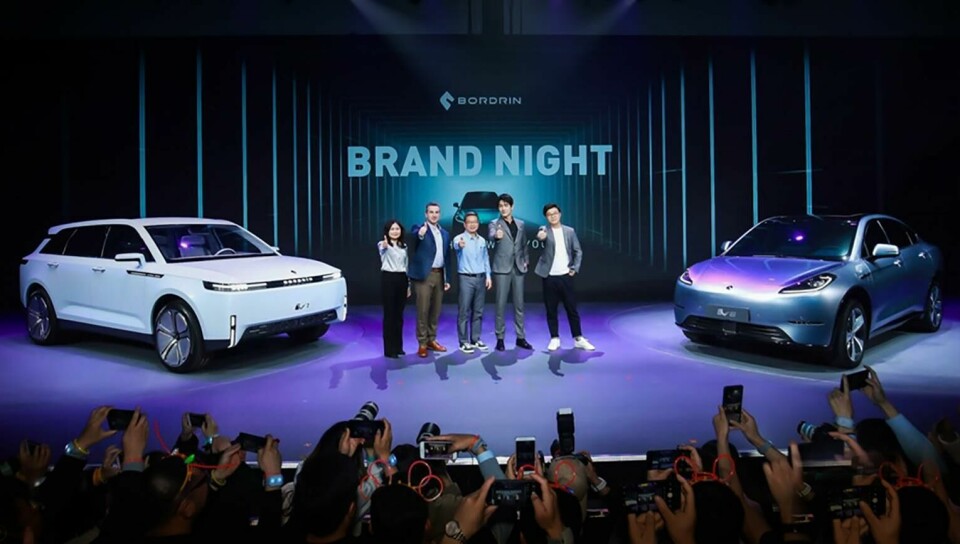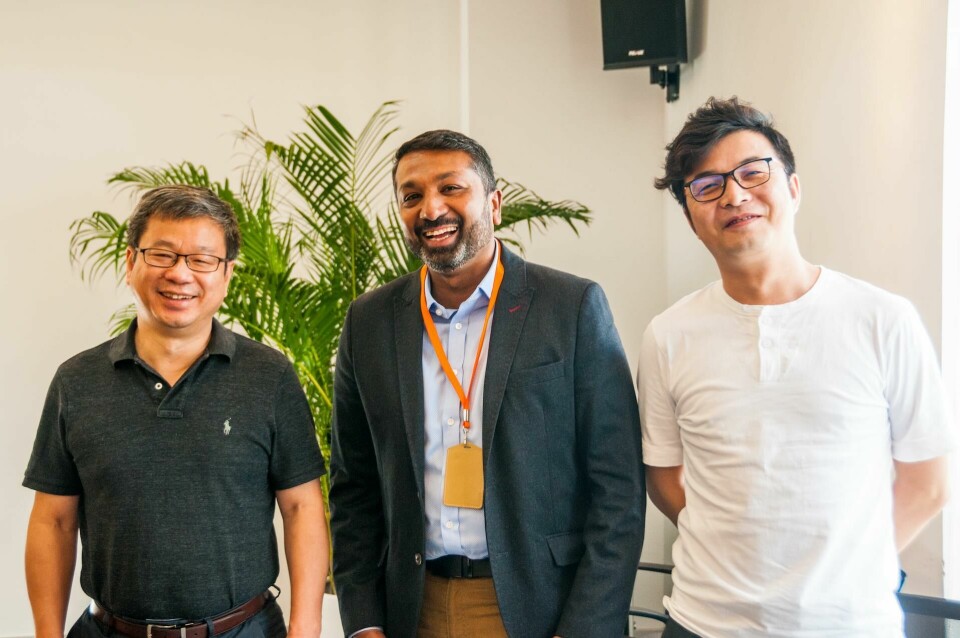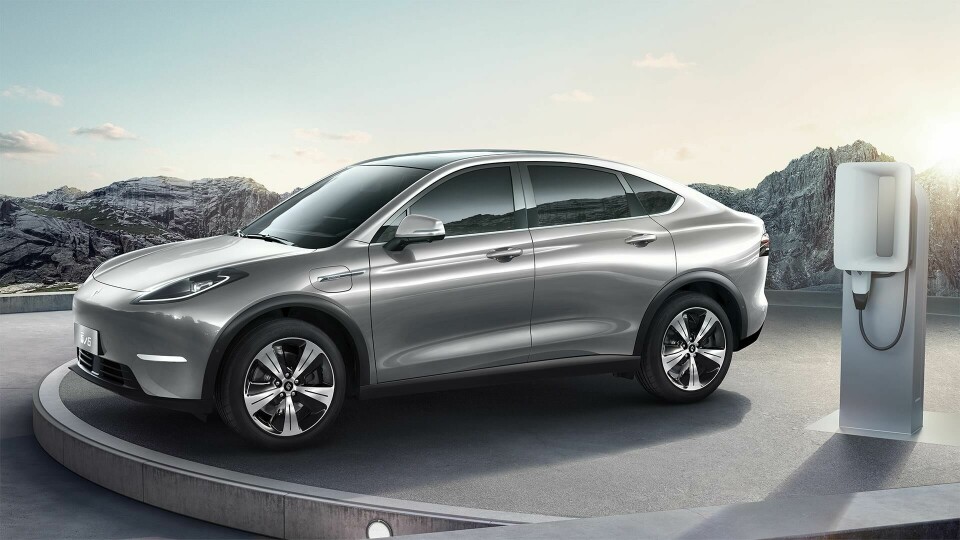
China Report: Bordrin’s customer-led design
Why there will be no family look over the Bordrin range of EVs
Had you caught a cab in Beijing in the ‘90s or even early ‘00s, chances are it would have been a Xiali, a brand consisting of a range of vehicles based on the third generation Daihatsu Charade. Despite poor quality, the cheap price made them attractive vehicles for taxi usage. However, what was once China’s second best-selling brand was defunct by 2015.
With the changing fortunes of the Chinese car industry, the Tianjin factory is going to get a new lease of life thanks to a joint venture between FAW Tianjin and new Chinese EV startup Bordrin. Like many of the new startups, Bordrin, at least for its first two models, will contract the production out – a new factory they have under construction in Nanjing won’t come online until 2022.
“We are a very unique company in China; we’re very strong on the technical side,” said CEO, Ximing Huang. He goes on to say that pretty much all functions including the styling, chassis, powertrain, electronics and connectivity are done in-house.
A few weeks before this year’s Shanghai Auto Show, Bordrin unveiled two cars: the IV6 (above) and IV7. The first of these, the IV6, will launch early next year with sales commencing in the second quarter. “With the IV6 we are targeting the white-collar middle class, aged from around 30 to 40 with a family,” said Huang.
Interestingly, the company has three platforms and three designs that don’t bear any family resemblance while appealing to quite distinct customers. “We actually spent a lot of money on the styling side. I tried Italian, US and South Korean design houses. We also before hired a famous designer,” said Huang, going on to say he wasn’t satisfied with them. In the end Bordrin settled on Yaoke Zhang – a young designer who previously worked for ChangAn and GM’s Shanghai-based PATAC facility – as head of design.

“I still like the ideas from younger designers, even from fresh graduates. A lot of the time they can give us a more creative, very futuristic design,” said Huang, who believes strongly that electric cars need such styling. Although the IV6 is an unusual blend of sedan and SUV proportions, it’s perhaps not so futuristic – but Huang tells us to wait for the yet-to-be-unveiled second production model, the IV3 – a small sedan. Mostly it was designed by people born in the ‘90s and we’re told it has a very futuristic look.
“We are currently working on multiple projects such as the IV6 and IV7. We want to make sure the technology touchpoints are very advanced and focus on the detailing such as the user journey and experience. It shouldn’t be flashy; the consumer needs to feel it’s been designed from their perspective,” said Zhang. He heads up a team of around 40 designers in Shanghai. There is also a Detroit studio with 20 designers. At the start of each project the two studios compete to see who can come up with the best ideas for the project, with it then accordingly awarded. The Shanghai studio is mainly made up of Chinese people whereas the US operations are very international.
“The teams are very busy; they are working on five cars, including an MPV based on the same platform as the IV6. So, we also have some outside sourcing,” added Huang. The digital modelling side is done in the US, but clay modelling is done in Shanghai. Now though, Bordrin no longer uses outside teams to do complete projects.
Bordrin IV7
Design is set to move in the future to a new R&D centre in Shanghai. Currently the land has just been purchased and covers more than 11,000 square metres. It will likely open in two to three years’ time and will be able to accommodate around 5000 people. “We are very ambitious,” laughed Huang, going on to note that design will expand considerably.
“Our design DNA is very cutting edge, futuristic and pure – it should give a high-tech feeling but be quite simple,” said Huang. With the forthcoming IV3, Bordrin will eliminate most physical buttons and a lot of emphasis has been put into the HMI to ensure it is simple to use. “It’s not about a certain exterior styling, it’s about a holistic feeling and impression on people from a far distance that allows people to recognise the car is a Bordrin,” added Zhang, noting this is done through elements such as the lights. Bordrin is keen to capitalise on advantages that EVs can offer over ICE by creating longer wheelbases for cars of the same size, thus giving the vehicles very different proportions.
“We want to have some diversity in design across platforms because the customers are different. High-end customers are looking for a very spacious vehicle with a classical feeling, but with the younger generation they are looking for something more high-tech, they’ve grown up with the internet world and have a different idea of what design should be,” explained Huang regarding why Bordrin will not have a family look. He believes that people in the future might not define Bordrin as a car company, but as a high technology company.

Ultimately, in Huang’s opinion, what matters is whether the customers like the design rather than whether it has come from a famous designer. According to current plans, the IV3 should follow on from the IV6 in 2021. The IV7 is too big to produce in Tianjin, and if completion of the Nanjing plant goes according to schedule it should enter production around 2022.
















